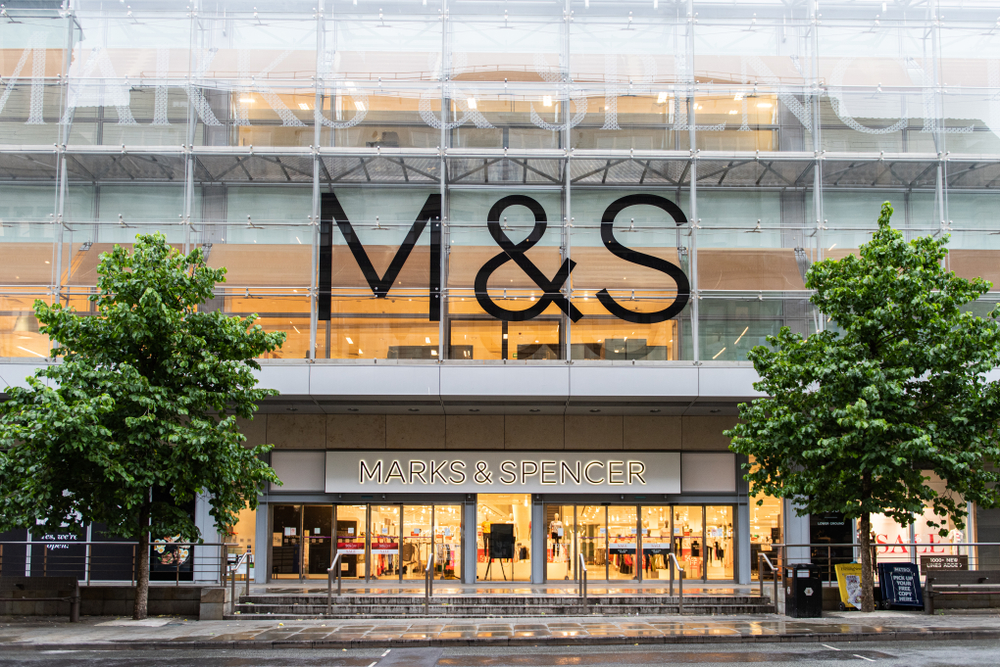As the new year – nay, a new decade – hoves into view, we continue our look at what the future holds for mobile with these 20 predictions from Thomas Husson, VP Principal Analyst at Forrester
I have just published a post sharing some of our marketing predictions for 2020. It made me realise that Forrester no longer publishes dedicated “mobile” predictions. Why? Because mobile has simply become a key driver and enabler of business transformation.
Mobile is embedded everywhere. However, many brands wrongly think they have ticked the mobile box and move on to new and more disrupting technologies. In a nutshell, they want to move from mobile-first to AI-first.
A couple of months ago, I published a report claiming that the concept of “mobile-first” was failing CMOs, that most brands were still not mature when it comes to mobile, and that they needed to reimagine mobile to activate the total brand experience.
As a board member of the Mobile Marketing Association France (MMA) and an independent analyst, I was honored to give a keynote this week at the MMA Forum in Paris and share my perspective on what will happen in 2020 in the mobile space. In fact, I decided to share several mobile mega trends, some mobile media and advertising trends that I expect to happen or to accelerate, and some trends that will not happen!
- Mobile will be the catalyst for business transformation.The mobile revolution primarily consisted of changing customer expectations to be served in their moments of need and in their context. The age of the customer (the shift of power from institutions to customers) was accelerated because of mobile. To answer these growing expectations and make their own mobile mind shift, organizations had (and still have) to evolve their culture, organizations, and processes (think agile, DevOps, cross-functional pizza teams, etc.). This transition toward more adaptive enterprises is still a work in progress. This is not new but will accelerate next year.
- Mobile becomes the glue that connects new technologies at scale.Let’s not forget voice-based assistants (such as Amazon Alexa or Google Assistant) are primarily used on smartphones, not on smart home speakers. Augmented reality (AR) will start really taking off next year (think Google Maps’ AR experience or Snapchat’s augmented experiences) because it has become a platform play at scale: Developers can tap into more than 1 billion compatible smartphones to build new integrated experiences.
- Mobile will act as the personalization experience hub.It is not a channel but a way to deliver an integrated offline/online experience in real time. Some brands (think Starbucks, McDonald’s, Nike, Argos, John Lewis, and Schibsted, to name a few) get it and execute pretty well the integration of mobile into their marketing strategy. But most struggle and still need to fix their mobile foundation.
- Mobile becomes a key enabler of societal engagement for values-based customers.Think apps for good (e.g., Yuka), mobile accessibility (e.g., vocal commands for blind people), and green IT (including dark mode), even though the key issue here is when Gen Z will realize the largely negative impact of smartphone and digital on climate change.
- Leading CMOs will leverage mobile to optimize the marketing mix.MMA has proven through numerous cross marketing effectiveness research that many brands underinvest in mobile. We expect leaders to define the role of mobile in achieving growth objectives and to start measuring offline media impact in (almost) real time. For example, for retailers, to put it shortly, this is less about mCommerce and more about how mobile drives traffic to the store and generates total incremental revenue. Mobile contextual data and transactional point-of-service data are thus central to improving media attribution across every channel, not just mobile!
- Moment automation will require you to assemble your own (mobile) martech stack.Once you have defined key mobile moments across your customer journey, you must identify the right trigger points and automate content and messaging. Think push notifications and in-app messages on steroids. To do this right, it often means you need to assemble your own martech stack with leading mobile point solutions and integrate them with many other marketing systems. At the minimum, you need ASO (app store optimization), mobile CRM (customer relationship management), analytics, and attribution.
- Mobile data privacy becomes a strategic differentiator to establish trust.A lot of the hidden harvesting of consumer data happens through mobile. To establish trust and enable personalization (or lack thereof, if consumers precisely do not want to share data), it is key to integrate mobile into your privacy-by-design approach.
- App platforms will continue to get traction.The rise of super apps is not just happening with the likes of Tencent, Alibaba, and messaging apps such as WhatsApp, Instagram, etc. This trend is accelerating in other regions, too, such as in South America. See this TechCrunch article here.
- Expect more rationalization of mobile interfaces.Many brands I have spoken to recently told me they suffer a lot from hybrid development that’s supposed to work across different platforms (think Flutter, React, or Kotlin) and that they prefer to focus on native apps and/or mobile web-first experiences. Forrester has claimed for years that PWA (progressive web apps) are a key way to deliver applike experiences. According to Forrester’s Q2 2019 Global Emerging Technology Executive Online Survey, 18% of digital executives plan to pilot PWA in the next 12 months.
- Leaders will integrate meaningful mobile metrics into their dashboards.Marketers measure too many vanity KPIs when it comes to mobile. Let’s measure less pure digital KPIs and more meaningful metrics: customer experience, incremental revenue,DAU/MAU (daily/monthly active users), CLV (customer lifetime value), etc.
- Mobile will drive more than 80% of digital ad growth next year.Looking at the top five EU countries, we expect PC advertising spending to remain flat, while mobile advertising will grow from €22.9 billion at the end of 2019 to €26.1 billion by the end of 2020 (representing 64% of total digital advertising spend).
- Retail media is set to explode.Mobile is only a component of the retail media opportunity but will play a key role, when it comes to “drive-to-store” offerings, for example. More specifically, Amazon generated $10 billion of ad revenue last year, and next year it is likely that it will represent more than 5% of its total revenue, increasingly challenging Google/Facebook’s duopoly. For more information, see my colleague Collin Colburn’s report here.
- Streaming fatigue will lead to new offerings.Again, far from being just a mobile play, but the war between Disney+, WarnerMedia’s HBO Max, and low-cost Apple TV+ to compete with Netflix and Prime Video will exhaust consumers and lead to new content subscription models.
- Audio advertising will continue to grow fast, driven by podcasts as the next $1 billion ad format.Podcasts are massively listened to via mobile, and they will drive audio advertising more than voice-based assistants will.
- Visual search will take off for fashion and home decoration brands.Despite Pinterest’s initiatives, it is still early days for visual search. For selected brands, however, visual recommendations, and to a lesser extent, visual search will become key ways to engage consumers.
And here are five trends of what will not happen…
- 5G will not matter to CMOs.Unless you’re a CMO at a telecom equipment company or a telco, you should not spend time thinking about 5G in the consumer space. Yes, it will matter for industrial players, but to consumers, 5G in 2020 will feel like 3G in 2004 or 4G in 2010; even urban areas in early-5G-rollout countries such as Finland, Sweden, and Switzerland will get an undifferentiated experience. And Apple’s launch of its 5G smartphone in Q3 of 2020 won’t change the game.
- Virtual reality (VR) marketing will remain niche.Despite more affordable VR headsets (Oculus Quest) and the success of the Beat Saber game, VR will mostly matter for B2B and industrial players or play a role in employee training. Marketing opportunities in the consumer space will grow but remain limited.
- More than 80% of AI conversations will not pass the Turing test.The vast majority of chatbot experiences will not leverage true NLG (natural language generation). Don’t get me wrong: Some chatbots will deliver value, but let’s not call them AI conversations.
- TikTok will not sell, and its IPO will be delayed until 2021.Explosion of mobile social videos will continue. TikTok would be an ideal target for the likes of Meredith, Snap, or Facebook but is not for sale and too costly anyway.
- RCS will not become a standard.Google and some telcos will roll out more rich communication service (think of it as the next generation of SMS), but they won’t truly scale in 2020. For more information about RCS, see Julie Ask’s report here.








